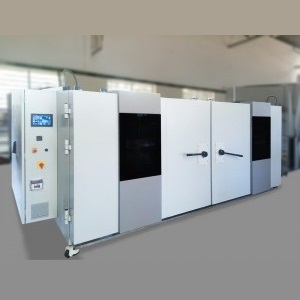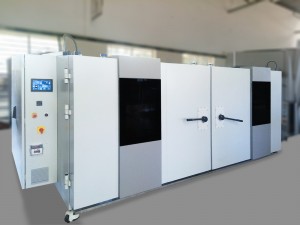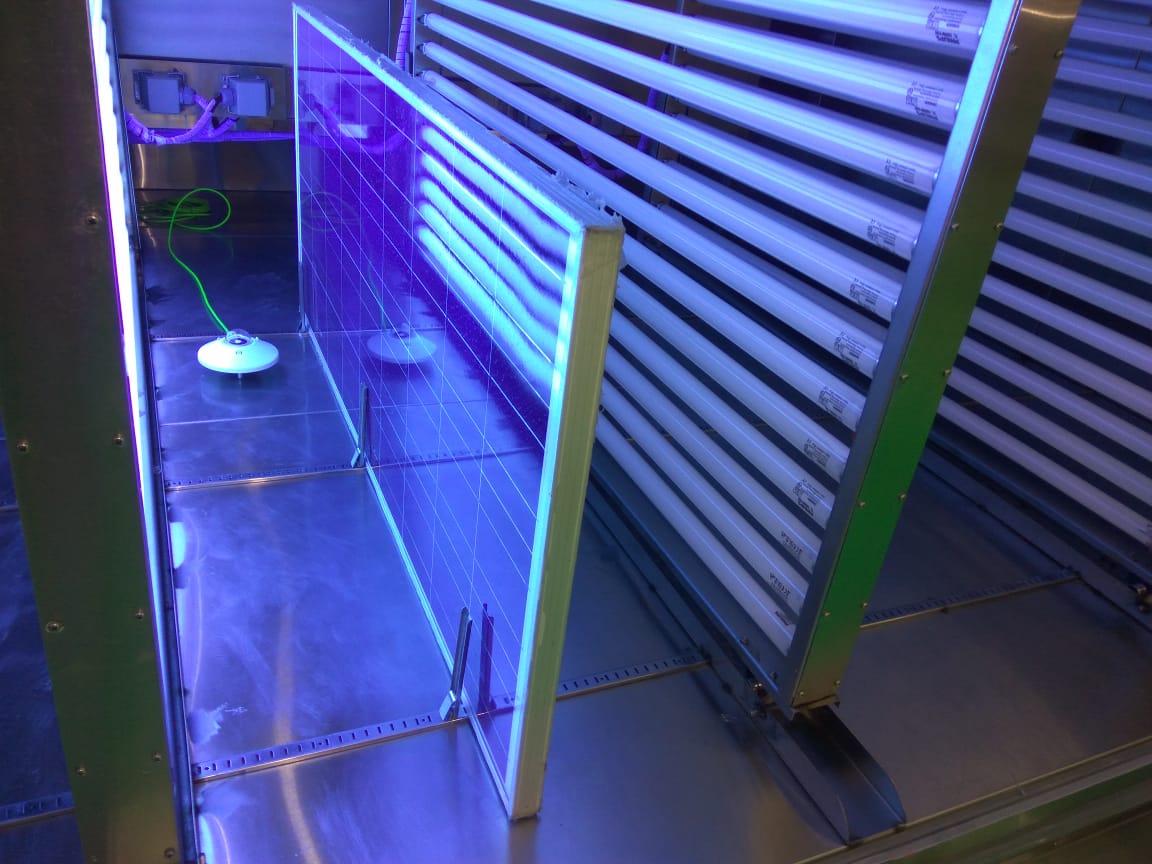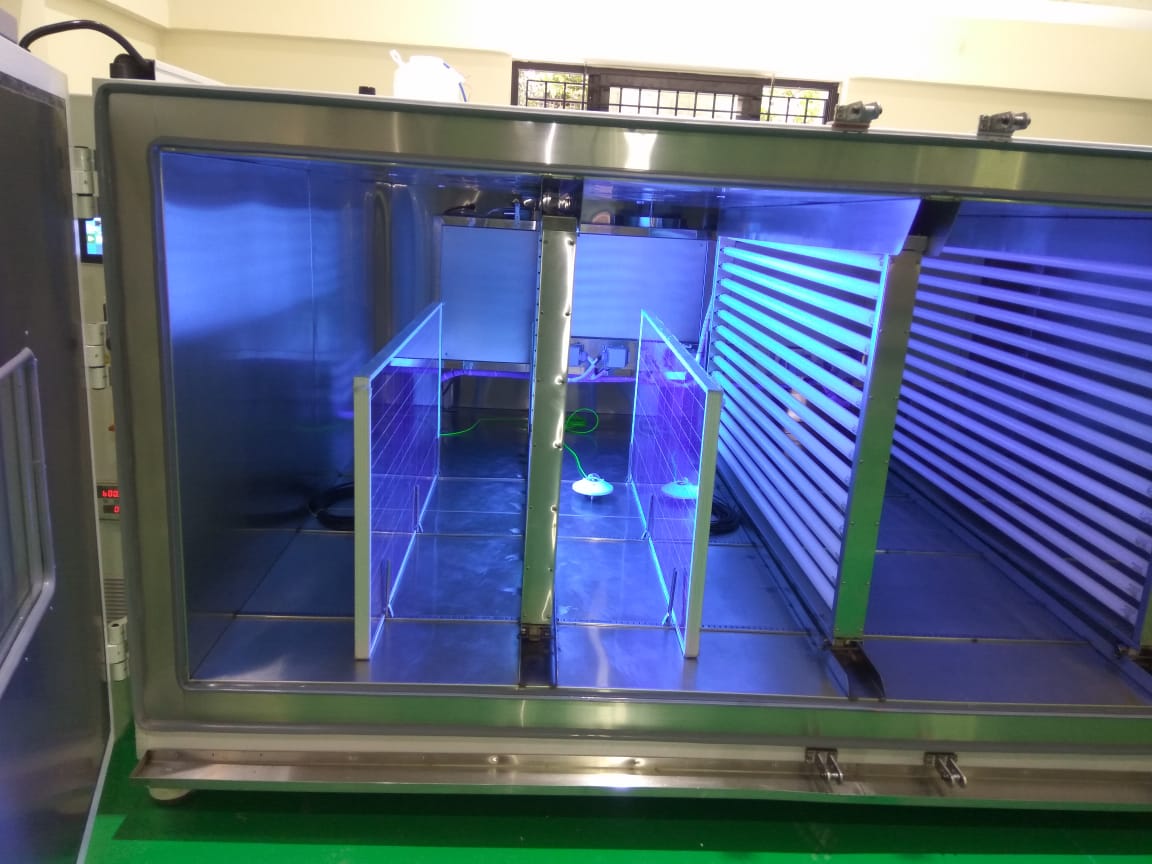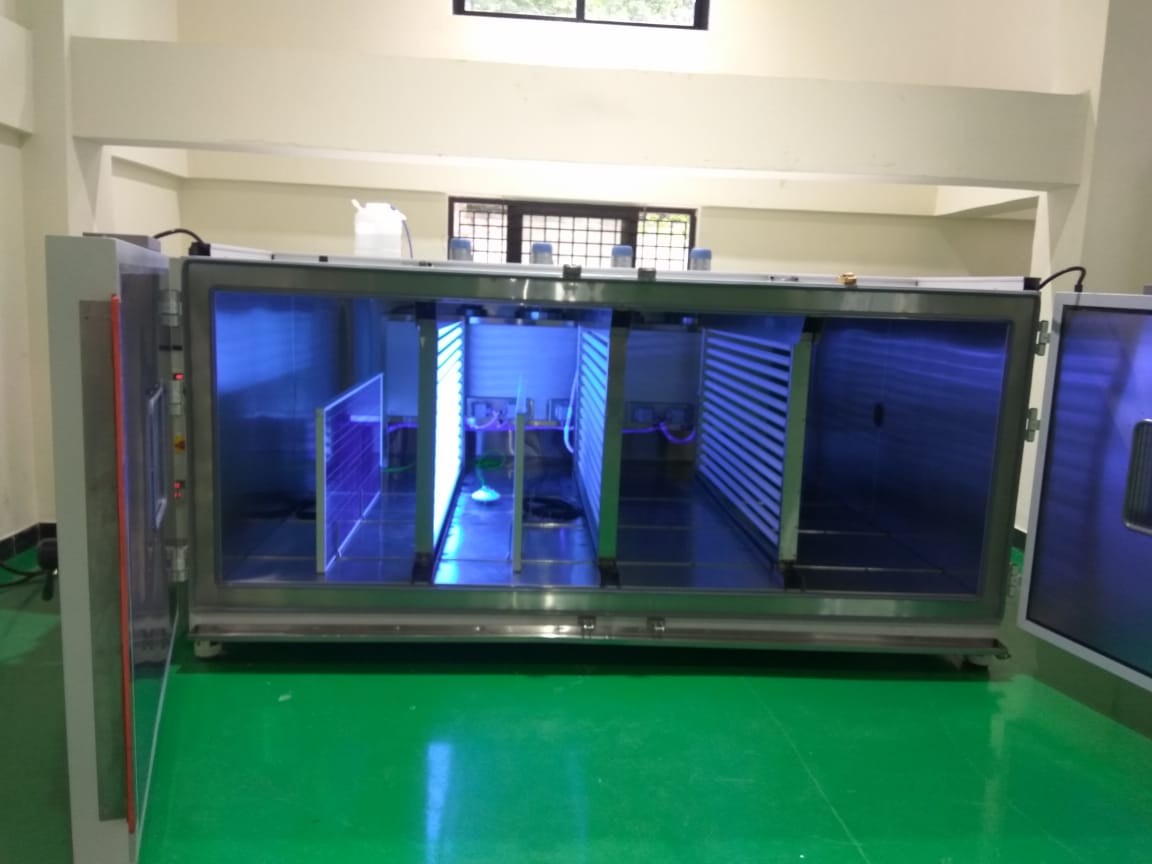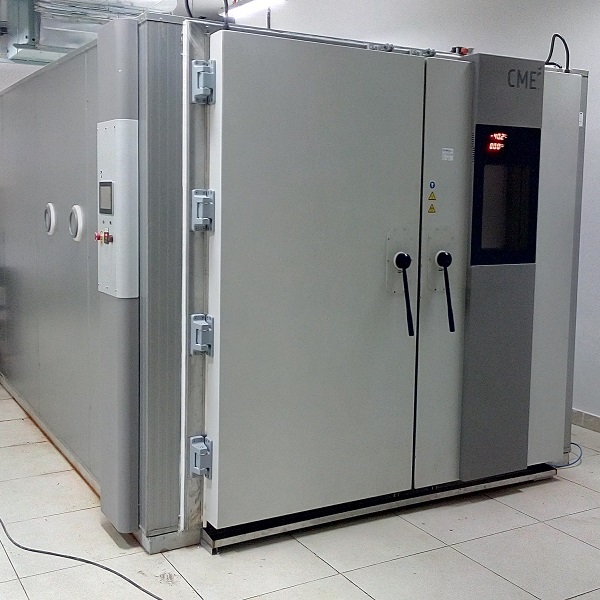UV Preconditioning Test Chamber for Solar Panels
Thriving solar energy market and increasing competition has raised the reliability and performance standards for photovoltaic modules. Manufacturers must ensure their photovoltaic (PV) modules are robust, reliable and able to consistently deliver the guaranteed rated power even under more severe climactic conditions. CME’s environmental chambers will tremendously help you in this process of developing a reliable PV modules /solar panels at fraction of cost.
Thriving solar energy market and increasing competition has raised the reliability and performance standards for photovoltaic modules. Manufacturers must ensure their photovoltaic (PV) modules are robust, reliable and able to consistently deliver the guaranteed rated power even under more severe climactic conditions. CME’s environmental chambers will tremendously help you in this process of developing a reliable PV modules /solar panels at fraction of cost.
Polymeric encapsulant materials are used in photovoltaic (PV) modules to provide electrical insulation, protect modules from mechanical damage and environmental corrosion, and to optically couple the PV cells to the front-sheet material. The PV module qualification tests (such as IEC 61215) are designed to provide minimum standards for module durability and to demonstrate a degree of safety in the use of modules in the production of electricity. The specific effects of these highly accelerated stress tests are extremely variable between different manufacturers and even more so between different PV technologies. These tests do not by themselves necessarily predict long term stability of a module design.
Because of the extreme difficulty of exposing production modules to concentrated light sources for long periods of time, the UV exposure required by qualification tests corresponds to a timescale of a few months not years. The IEC qualification tests 61215, 61646, and 61730-2, [1, 2, 3] include a “UV Preconditioning Test”. Here modules are held at 60 ºC ± 5 ºC and subjected to 15 kWh/m2 between 280 nm and 385 nm with at least 5 kWh/m2 between 280 nm and 320 nm
Got Technical Question!
| Description | Specification | ||||
| Workspace Dimensions - WxDxH | |||||
| mm | 3000 | x | 2250 | x | 1100 |
| In | 118 | x | 89 | x | 43 |
| Volume | |||||
| Ltr | 7425 | ||||
| Cuft | 262 | ||||
| Temperature Range | |||||
| °C | 0 | To | 85 | ||
| °F | 32 | To | 185 | ||
| Ramp Rates | |||||
| Cooling °C/min | 2 | ||||
| Heating °C/min | 2 | ||||
Ethernet
Ethernet capability to remotely monitor and control the chamber.

USB
USB Type-A host port to connect a keyboard or mouse or download CSV data via pen drive [max 2GB] USB Type-B data port for connection to PC for software upgrade and access memory card storage

Web Server
Built-in web server allows remote view or control from any internet connected PC, tablet or smart phone

NI Lab view
The communication which used is MODBUS RTU protocol, which is an international standard for communication in process instrumentation and automation. Necessary changes to be made in the user’s software to communicate this in MODBUS RTU universal protocol. This feature can be used manual mode only.

Hardware
Enhanced with modular controller integrating multi-zone PID control and data acquisition. SIMATIC programmable logic controller. Touch screen controller, PLC and other controller components are of a generic make with an OEM software. Free software upgrades up to one year.

Memory
SD card of 2GB memory will store all the test program data and also the diagnostic data. This card is accessible by USB and Ethernet.

Digital Events
1 digital output for switching test specimen via potential free contacts, load max. 24 VDC, 5A

Programs
99 independent programs can be stored with name and number. Each of these programs have segments which can be looped to a previous segment and repeated up to 999 cycles, creating almost unlimited number of segments The chamber can be operated in manual mode, where the set point can directly be changed in the home screen The ramp rate can be set as a value in °C/min or ramp time Graphical representation of the temperature program The time is logged only when the set valve is within the band.

Trend Graph
Real time trend graph for temperature set value, temperature process value, humidity set value and humidity process value. Options of zoom in/out, pan and individual plot selection

Security
Multi level security of guest, user, admin and factory level users with individual password protection All settings can be reset to factory defaults using admin login

PID
6 zone based PID’s with auto recall of PID based on type of program, segment and zone can be set. Each of these PID’s can be set by using the auto tune feature or manually based on user’s requirements.

Process Mimic
Graphical representation of the working of the chamber, with live status of all the components, including the current temperature/humidity process values, compressor suction/discharge pressures and return gas temperature

Power Resumption Modes
In case of a power failure, option of conditional restart based on temperature/time or continuous

Diagnostics
Event viewer will display a log of all errors/actions with a date and time stamp PLC inputs and outputs status will be indicated

Service Monitor
Log of critical components life cycle with a predefined life cycle time and elapsed time in hours

Delay Start
Real time clock based, delayed start function


